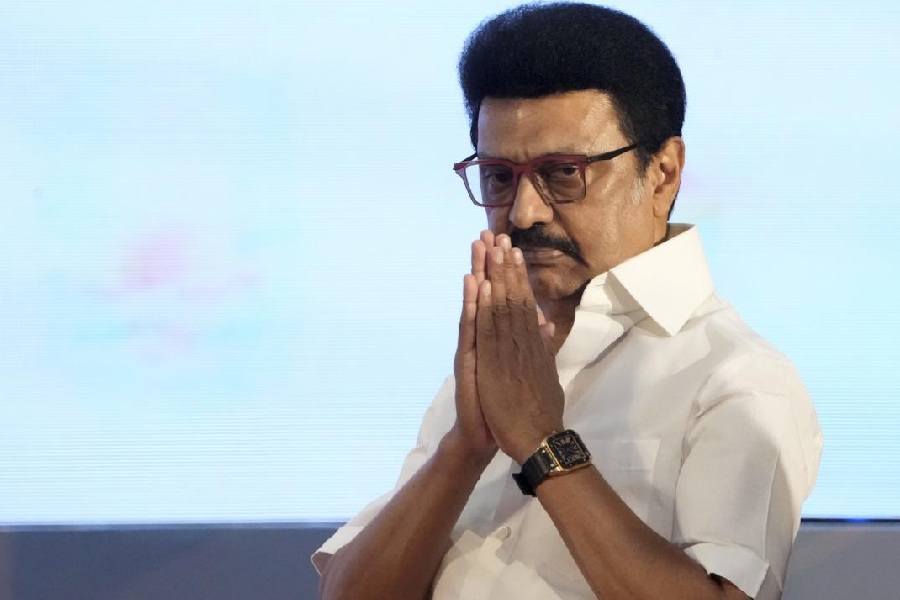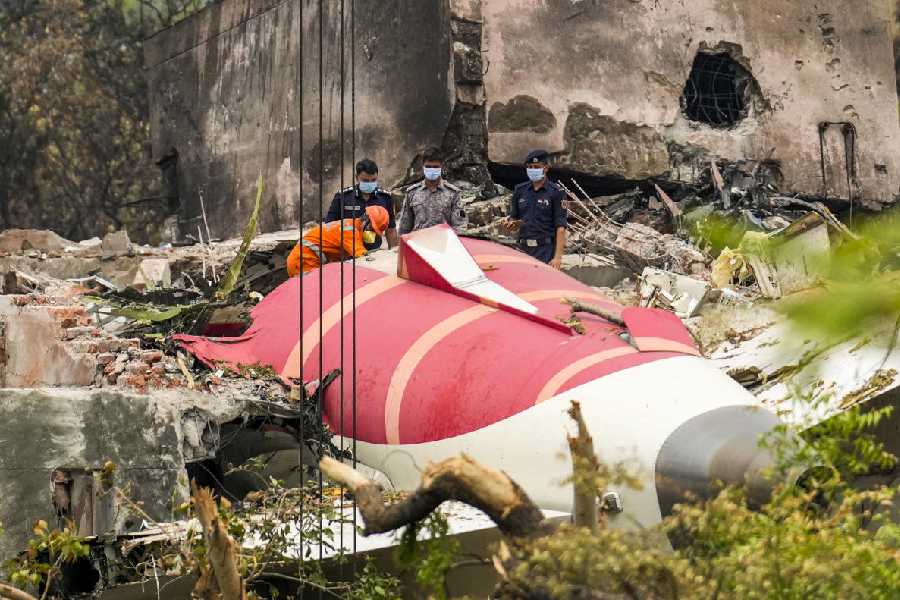 |
New Delhi, June 2: It was, you could say, only a matter of time.
Yesterday, Pakistan became the first nation in South Asia to adopt daylight saving time, pushing clocks forward by one hour. The three-month experiment is aimed, as elsewhere, at cutting energy costs by taking advantage of long summer days.
But what might make practical sense for Pakistan is yet another headache for a region that already clocks up more than its share of chronological confusion. For residents of South Asia, figuring out what time it is in the next country, let alone beyond that, can be an exercise in frustration.
Consider this: Pakistan lies west of India and is usually half an hour behind its political arch-rival. But by winding its clocks forward, Pakistan is now half an hour ahead of India.
Or, imagine India as a friendly country with its arm slung over Bangladesh’s shoulder. The hand on the shoulder is India’s northeast corner.
Now, a Bangladeshi who crosses his country’s western border finds himself in India, whose time is set to half an hour behind Bangladesh. So far, so good. But if he goes in the opposite direction, across the eastern frontier, he finds himself in India yet again, and still has to turn his watch back 30 minutes, even though the sun will rise earlier than it did when he was at home.
Maybe this feels too much like the movie Groundhog Day. To escape the time warp, you flee to Nepal, home of Everest, scruffy backpackers and an easygoing spirituality.
Ah yes, the timeless Himalayas. If less is more, that is. Its time zone is different from that of any other country in South Asia — indeed, any other country on Earth — in an attempt, perhaps, to assert Nepal’s individuality.
Official time as decreed by Kathmandu falls on the 15- or 45-minute mark relative to most of the rest of the world.
So, for example, when it’s 6pm in New Delhi, in Kathmandu it’s 6.15pm. A worried mother in Los Angeles calling Nepal at 7.30pm. Pacific Daylight Time will reach her mountain-trekking daughter just as the young woman is sitting down to a cup of butter tea for breakfast at 8.15 the next morning.
After the daughter scales the Everest at 1pm, snaps a photo and starts climbing down the Chinese side of the mountain, she’ll find that she has suddenly lost 2 1/4 hours for her descent, because according to China, it’s already 3.15pm.
The head-spinning clutch of time zones attests that a country’s official time is linked as much, if not more, to political considerations as scientific ones.
For years, Sri Lanka operated according to the same time as India: 5 1/2 hours ahead of Greenwich Mean Time, or GMT+5 1/2. To save energy, Colombo decided in 1996 to nudge ahead its official time and, after a bit of experimentation, settled on half an hour earlier.
Buddhist astrologers warned that the change would bring bad luck. And Tamil Tiger rebels, who controlled the north and east of the island, refused to switch.
“Then the Sri Lankan military decided to operate on the same time as the insurgents. So you had half of the government and the rest of the country on a different time zone,” said Dilip Ahuja, a professor at the National Institute of Advanced Studies in Bangalore. “It was so confusing, they just gave up and went back to 5 1/2 hours.”
Pakistan, too, after first experimenting with daylight-saving time in 2002, had quickly dumped it after its villagers simply ignored the measure.
Ahuja and two co-authors published a paper last year recommending that India adjust its own official time to GMT+6.
China insists on a single fixed time for the entire nation, despite spanning several potential time zones, for the sake of national unity, and India should stick to the same principle, Ahuja said. It’s just that he hopes the Indian government will, out of simple pragmatism, take up his suggestion to shift everyone’s clocks to half an hour later.
It would be, he said, about time.











